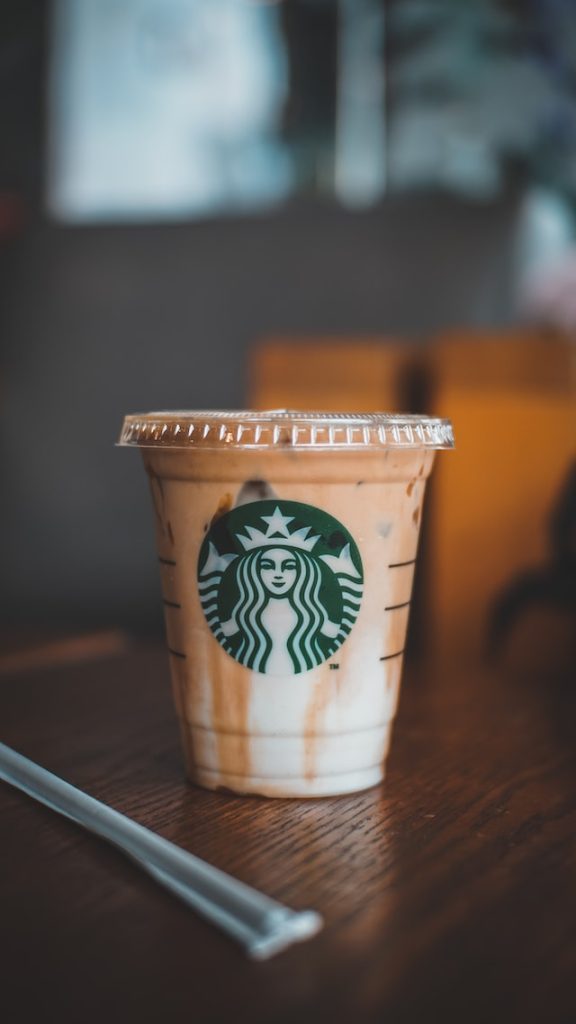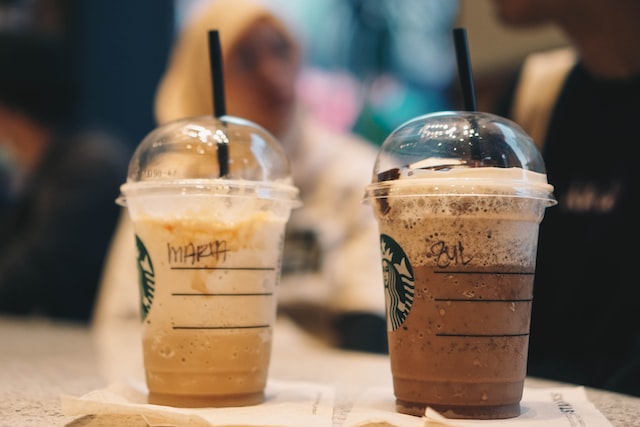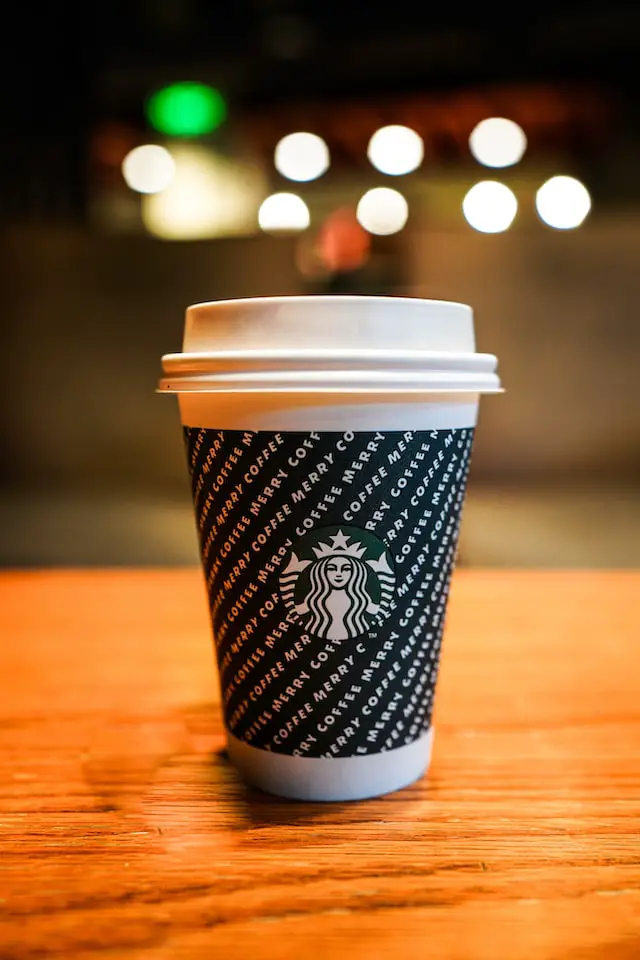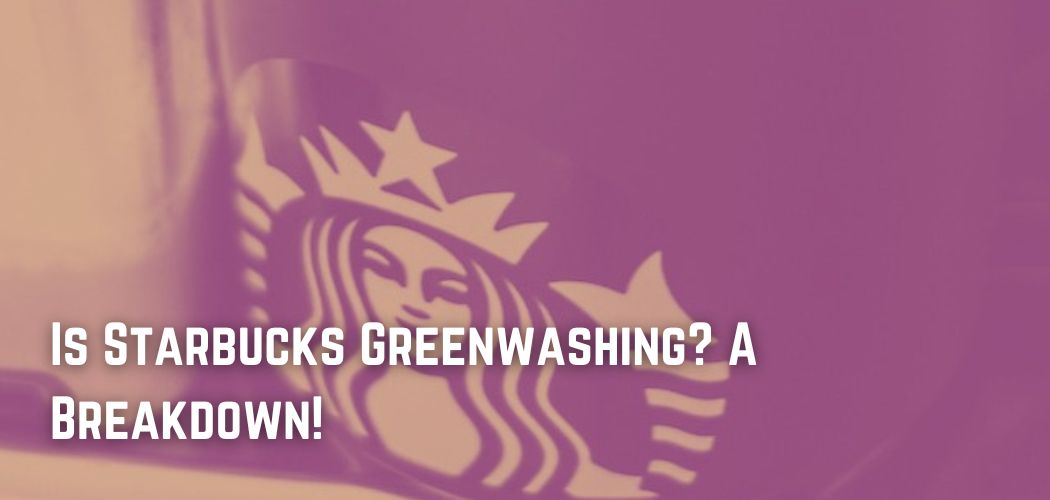Howard Schultz was a coffee visionary who built an empire with American grit, bravery, and resolve.
Schultz earned sufficient funds to launch his first coffee shop in 1986. By 1992, Starbucks had 165 stores in North America and had finished its first offering to the public.
Currently, Starbucks has more than 28,000 locations worldwide, with revenues approaching $25 billion.
Historically, the beverage and food industries have been troublesome for sustainable projects, as huge corporations struggle to develop long-term solutions for food waste and single-use plastic.
Coffeehouses rely heavily on the use of fossil fuels and natural resources. Since most Starbucks stores are in places where coffee isn’t grown, it has to be shipped thousands of miles to get there.
With more than 4,500 Starbucks stores in 47 countries, it takes a lot of money, time, and energy to build, heat, cool, and power these stores.
Starbucks has recently received harsh criticism for its inefficient water usage. Continuous water flowed from dippers, which are used to wash dishes.
This resulted in an estimated daily loss of 6.2 million gallons of water. So, the company is looking at alternatives to the dipping wells system, some of which have already been used this year.
Starbucks also stated that the company will perform a full water footprint audit in 2009 to have a better understanding of its water consumption and potential reduction strategies.

Starbucks recently said that by 2010, it wants to cut its energy use by 25% and buy enough renewable energy credits to cover 50% of its energy needs.
The company is working with the U.S. Green Building Council to create a model for a store that meets the standards for LEED Silver (Leadership in Energy and Environmental Design).
With a unified design, Starbucks could use green building techniques in more than one location at a lower cost. It restricts the adoption of location-specific green construction practices that may be optimal in one climate or environment but not in another.
Is It Ethical?
Starbucks currently sources 99 percent of its coffee ethically, but they still have a lot of work to do.
This week, non-governmental organizations (NGOs) around the world put out the Coffee Barometer’s annual report.
The organization discovered that while some businesses have thorough procedures in place, many large merchants and roasters are unsure of their pledges and any progress made on commitments.
No one is acting adequately. The report does not identify specific companies. The article, however, makes reference to Starbucks, the largest coffee chain in the world.

Starbucks has an outstanding sustainability marketing campaign. However, this does not reflect their present growth. Coffee production has been linked to a lot of deforestation in vulnerable places like Peru. Starbucks contributes to this damage.
In 2018, slave labor was revealed on a Starbucks-certified coffee farm in Brazil. Brazilian labor inspectors discovered the incident.
Is It Sustainable?
Environmentalists often criticize Starbucks for not doing business in a way that is good for the environment.
Do they have a point? In many ways, the coffee business isn’t sustainable, but Starbucks has helped the industry move toward more eco-friendly ways of doing things.
Giants like Dunkin’ Donuts and Nestle should stop using Styrofoam and coffee beans that have been changed genetically. While there is undoubtedly room for improvement at Starbucks, other companies have barely begun.
Starbucks customers are more likely to want products that are better for the environment than Dunkin’ Donuts customers, which helps to explain why Starbucks’ prices are higher.
In contrast to Taco Bell, Chipotle serves only chicken from chickens grown naturally.
Many of a company’s sustainability decisions ultimately boil down to monetary considerations. Starbucks’ net sales during the second quarter of 2009, which ended on March 31, decreased by 7.6%.
Some green projects may save a business money, while others may not. In the past year, the firm has closed hundreds of outlets.

Even though some studies show that customer demand for sustainable products has stayed strong despite the current economy, it is hard to put a lot of money into green research and development right now.
Looking at the corporation as a whole, Starbucks has addressed a number of the most critical problems in an effort to mitigate their impact.
Although it deserves praise in several areas, there is still room for improvement. Perhaps this is why environmentalists both appreciate and oppose it.
Are Their Green Cups Really Compostable?
Most products that are certified to be compostable need to be thrown away in a certified composting facility for them to break down completely. According to the DIN EN 14995 certification, the Bio-PBS liner should be entirely biodegradable.
This certification is for compostable packaging and plastics, according to the European Bioplastics Organization.
For these things to break down, they need to be thrown away in a certified composting facility. Therefore, if you leave Starbucks with one of these cups, enjoy your beverage somewhere else, and then discard it, it is likely that it will wind up in a landfill.
Natural Ingredients
Starbucks has reached its goal of sourcing 99 percent of its coffee ethically.
This claim is evaluated based on coffee and farmer equity (C.A.F.E.) practices, one of the coffee industry’s first sets of sustainability criteria, which have been verified by independent experts.

This month they debuted a “meatless Mondays” promotion, which is a fancy way of saying that on Mondays you may receive a $2 discount on a vegetarian breakfast sandwich.
Their outward presentation of modernity was accompanied by an outmoded product line for years. For example, their vegan alternatives are horrible. Even on meatless Mondays, their cafes rely primarily on animal-based foods and beverages.
Conclusion
Using a Bio-PBS sugar cane liner that is 100% recyclable and compostable, the green Starbucks cup aims to address these issues.
Even if the prototype is “recyclable,” that does not guarantee that there is a market for it or that it will be recycled. In the end, recyclables are commodities with the same price volatility as other commodities.
The existing market for recyclable plastics is practically nonexistent. China’s recent “National Sword Policy,” which basically bans the importation of any recyclable plastic material, is one of the primary causes.
This decision, along with similar policy changes in other countries, has thrown the recycling business into a tailspin.

